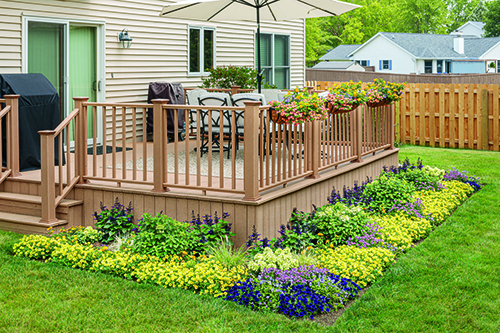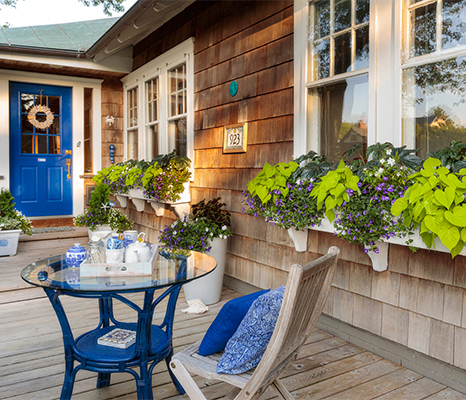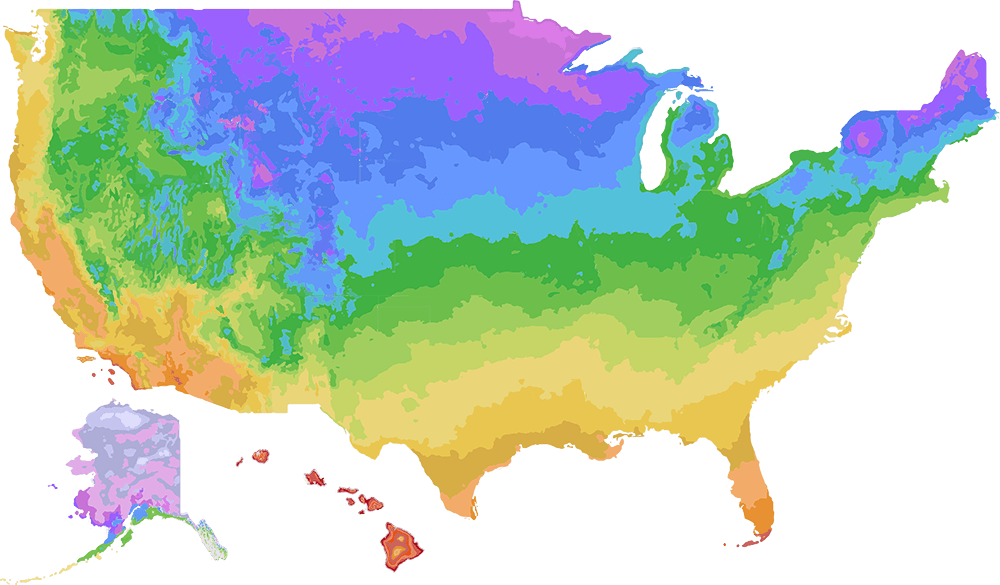3 Things to Know Before Purchasing New Plants
Once the weather warms up and the gardening season takes off, the plant buying frenzy begins. In all the excitement, you might be tempted to buy a few plants that aren’t the best fit for your garden. In the long run, being intentional and strategic about key plant purchases can save you time and money and empower you to make informed decisions about your garden.
Whether you are purchasing plants for a balcony, patio, deck or larger gardening area, we have three guiding principles to help you streamline your shopping experience. Here’s what you should know before purchasing new plants.

Principle 1: Understand Your Garden’s Purpose
Your garden’s purpose should be the driving force behind all the elements of your garden plan, inspiring you to cultivate a space that fulfills your vision. Taking the time up front to pay attention to this detail will ensure your project’s success.
Think about what functions you’d like your garden to serve. Envision the activities you wish to enjoy there. For example, is your intention to create a serene, calm spot for relaxing, grow a kitchen garden, craft a play zone for young children or to serve multiple functions?
Then, determine the specific placement for your plants based on those functions. That could mean purchasing a welcoming hanging basket or planting a lush porch pot by the front entrance to greet visitors. If your goal is to create a backyard meant for relaxing, you might consider installing a new flowerbed around your patio and planting it with annuals and perennials that will draw in butterflies and hummingbirds.

Principle 2: Assess How Much Sun or Shade Your Location Receives
The amount of direct sunlight your garden space receives can affect the viability of the plants you choose for it. Shade plants thrive with indirect sunlight, while sun-loving plants can bask in direct sunshine all day. Read more in-depth about exposure and how to choose plants for sun and shade.
Before you begin your new planting project, you’ll want to observe the number of hours of sun the space receives each day rather than relying solely on which direction it is facing. It’s natural to think, for instance, that a south-facing deck must receive six to eight hours of direct sun, but that wouldn’t be an accurate assumption if a nearby tree shades it for part of the afternoon. Watch a video about how that works.
Choosing plants with the sun requirements that match your garden’s location will avoid mishaps like sunburned foliage on shade plants or no blooms on sun-loving plants that aren’t getting enough light. Let’s look at a few of our favorite plants for sun, shade and the space between. If you’d like to explore more options, try our Advanced Plant Search Tool.
|
|
|
Favorite Annuals for Ideal plants for 6+ hours | Favorite Annuals for Ideal plants for less than 6 hours | Favorite Annuals Ideal plants for 4 to 6 hours |

Principle 3: Analyze the Wind Patterns in Your Garden Space
Another factor that can affect your plant choices is wind exposure. It might not be as obvious as sun and shade, but how the wind moves through your garden can greatly impact your plants’ health and appearance.
Some plants are more resilient to wind than others. Strong winds can damage the foliage of plants like elephant ears that have broad leaves, for example, but move easily through more wispy plants like ornamental grasses. Broadleaf evergreens are particularly susceptible to wind damage, especially in the winter. Wind also accelerates evaporation, causing the soil to dehydrate more rapidly and water to escape through the plants’ leaves faster.
If prevailing winds tend to move straight through your garden, consider investing first in a windbreak to divert or deflect the wind such as fencing, tall evergreen trees or large shrubs. In the photo above, Purple Pillar® rose of Sharon is planted as a windbreak along the edge of a garden. Establishing the “bones” of your landscape at the start of the project will broaden your plant options down the road.
A few smaller plants that can handle some wind include Graceful Grasses® annual ornamental grasses, Prairie Winds® perennial ornamental grasses, ‘Cat’s Meow’ catmint, Bloomerang® lilacs and low-growing Superbena® verbena.
Considering these three guiding principles can help you confidently navigate the plant shopping process and select those that are tailored to your unique growing environment.







